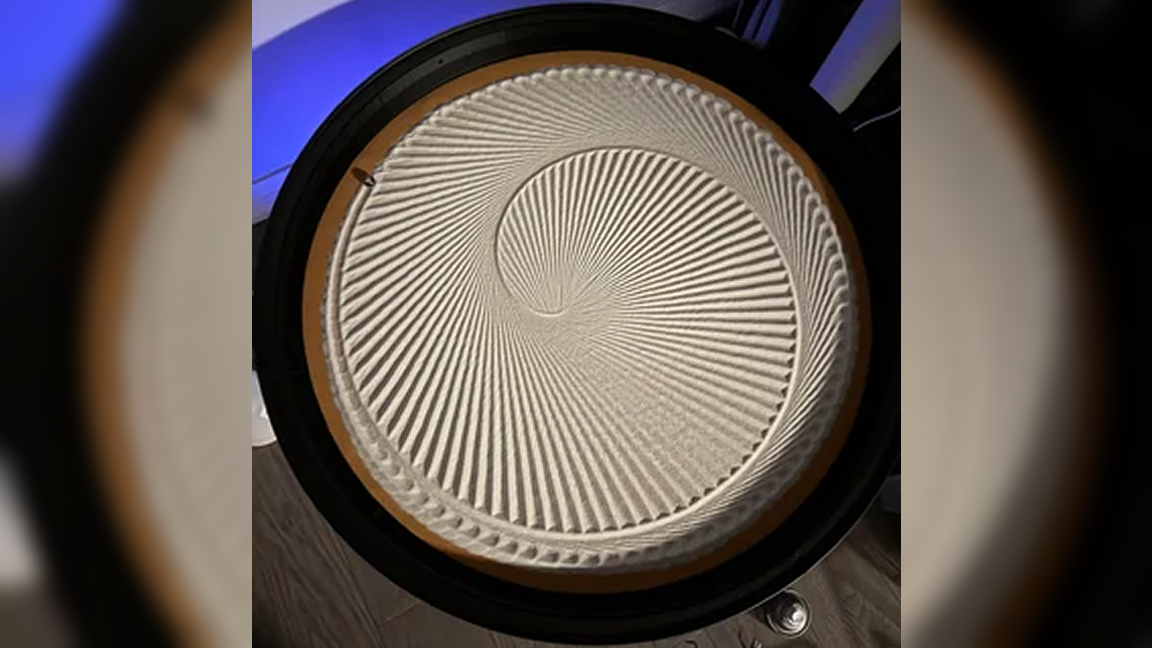If you’re looking to add a luxurious piece of furniture to your house, why not build it yourself? That seems to be what maker and developer Tuan Nguyen has done with this incredible Raspberry Pi-powered sand-drawing table he calls ‘Dune Weaver Pro‘. Using our favorite SBC, this table automatically draws pictures in sand either on a schedule or on demand using a custom app.
The table is a coffee table that measures in at 29.5 x 19in but while that’s somewhat small for a table, it’s huge for a sand-drawing machine. It’s built using an existing table that’s been fitting with a Raspberry Pi, a motor, a magnet, and housing for the sand so that a metal ball can be moved about the bottom to draw the images.
This isn’t the first ‘Dune Weaver‘ project put together by Nguyen. You can find the first ‘Dune Weaver’ creation over at Maker World as well as a much smaller version called ‘Dune Weaver Mini’. This massive project, however, is the ‘Dune Weaver Pro’ and it costs around $100 – $150 USB to create. This is a steal compared to commercial versions of this project which can cost thousands of dollars.
The table he chose to use as a base is the Vittsjö table from Ikea. It has a wooden circular shape on top that the sand rests on. Nguyen created a glass enclosure for the sand that fits on top of this wooden base. Underneath is a Raspberry Pi which is connected to two motors and a lazy susan magnet. The table is also fitted with a ring of LEDs to illuminate the sand which uses an ESP32 to operate.
According to Nguyen, the Pi uses Fluidnc firmware to operate and features a custom UI that can be controlled with a smartphone. This UI was developed for the previous two ‘Dune Weaver’ projects and lets you adjust settings, choose images to draw and even set up a playlist of images for the table to rotate through. Nguyen credits Thom Koopman for assistance in developing this UI.
To get a closer look at this Raspberry Pi project or possibly even recreate it yourself, check out the full post shared to Reddit detailing its development process. Be sure to follow Nguyen for more cool projects as well as any future updates to this one.
